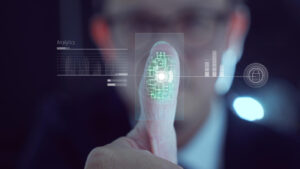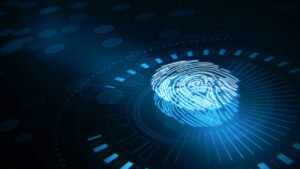Biometric authentication is the use of unique physical and behavioral characteristics of an individual to authenticate their identity noted Bahaa Abdul Hadi. Voice biometrics is the use of unique patterns in an individual’s voice for identification. It has many advantages over other forms of biometrics.
The Steps of Implementation of Voice Biometrics
Enrollment
The user speaks predetermined phrases or words into a microphone. They use these samples later for the creation of a voiceprint or voice template of an individual.
Voiceprint Creation
They analyze the collected samples. From these they extract vocal characteristics like pitch and tone. Speech patterns and cadence are also identified. From these a digital representation of the vocal characteristics appears. They save this voiceprint in the database.
Verification of Identification
Using passphrases or during conversation they capture the user’s voice. They compare this sample with the template in the database to identify and authenticate an individual.
Advantages of Voice Biometrics over Fingerprints and Facial Recognition
- It is hygienic and contactless. It does not need facial scans and is non-intrusive. So voice biometrics is very convenient.
- It is inclusive for those with disability and cannot easily provide certain physical attributes. It relies on easily obtainable voice samples.
- During a conversation, they can obtain voice samples continuously and provide real-time authentication.
- Individuals can provide voice samples from anywhere. So it is useful for granting secure access to digital services everywhere.
- Since voice samples can be obtained in conversation, the user does not have to be inconvenienced by explicit steps of authentication. The authentication in this case becomes passive.
- There are fewer privacy concerns in this case as facial patterns are often recorded without consent. Users normally have more control over recording of their voice. They can choose when and how authentication occurs.
- Our voice changes during our lifetime. Voice authentication is customizable and adaptable. By collecting new samples they can create unique and up-to-date voiceprints for identification.
- Forensic and Law Enforcement can potentially use this technology for their investigations. Persons of interest may be located using their voice samples.
- There is plenty of existing hardware that is usable for voice biometrics. Since people are used to the hardware, implementation of voice biometrics is cost-effective.
Conclusion
Voice biometrics is very effective for identification and authentication. It is very convenient for users and its implementation is cheap and easy. The technology is inclusive and adaptable and does not suffer from similar privacy issues as facial recognition. So it may become more prevalent soon.
The blog was written by Bahaa Abdul Hadi and has been published by the editorial board of Identity Herald. For more info, please visit www.identityherald.com.



